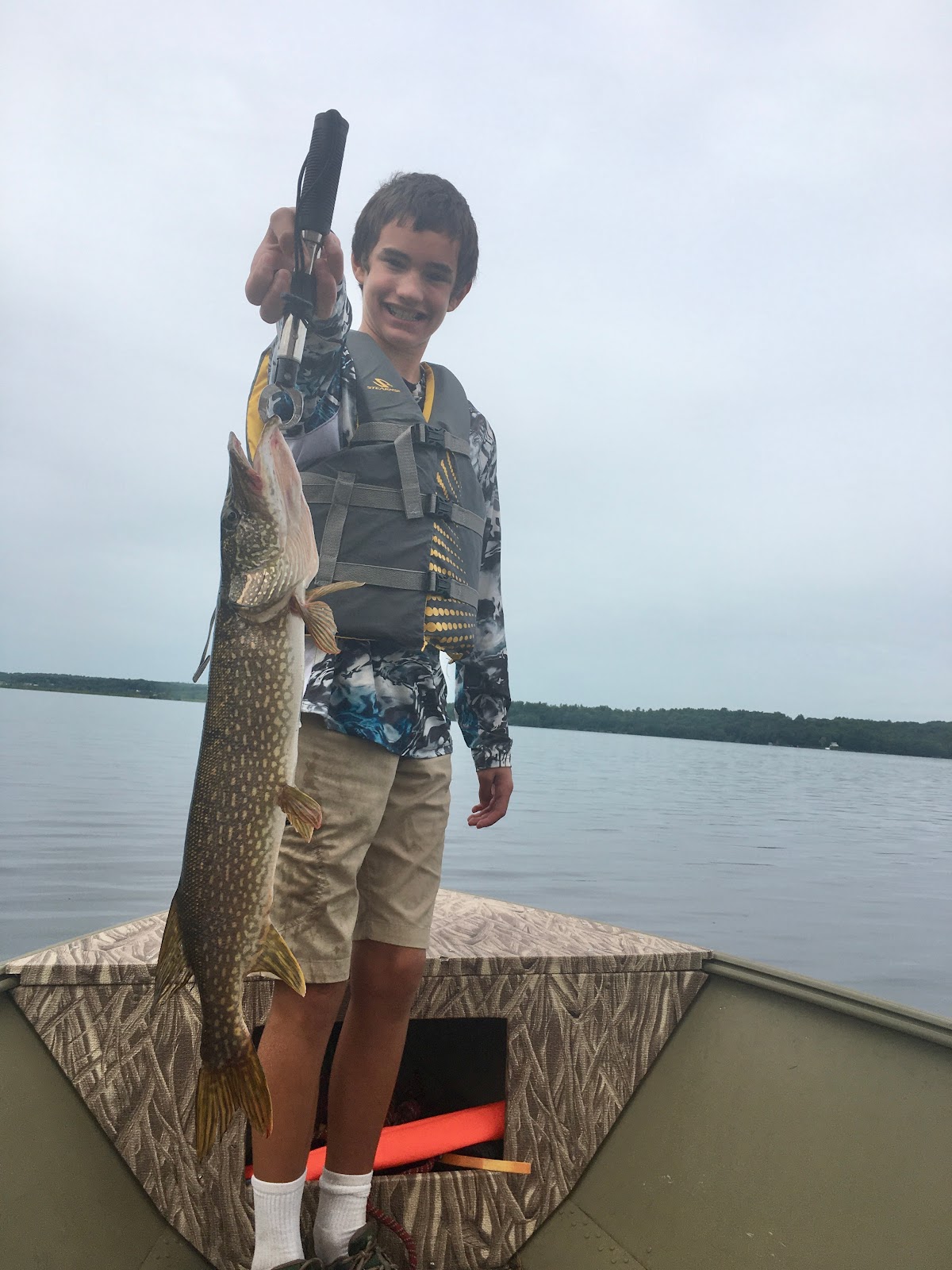Once the snow starts flying, my mind turns to ice fishing season as I know that soon the lakes will once again freeze and we will return to the hardwater for winter fun. Here is an article to get your thoughts on the approaching ice fishing season!
The state of Maine allows anyone who holds a valid fishing license permission to take live bait for their own use with hook and line or bait trap. Baitfish traps must be marked with the name and address of the person who is taking or holding the baitfish, and must be checked at least once every 7 calendar days by the person who set them. It is also important to note that not all bait sized fish are legal to possess only; Smelt, Lake chub, Eastern silvery minnow, Golden shiner, Emerald shiner, Bridle shiner, Common shiner, Blacknose shiner, Spottail shiner, Northern redbelly dace, Finescale dace, Fathead minnow, Blacknose dace, Longnose dace, Creek chub, Fallfish, Pearl dace, Banded killifish, Mummichog, Longnose sucker, White sucker, Creek chubsucker, and American eel. To ensure anglers harvest only legal baitfish, IFW maintains a website (www.maine.gov/ifw/fishing/species/identification/baitfish.htm) listing most of the above species along with full color pictures.
To trap bait in the winter, it helps to have both an auger, ice scoop and chisel. The auger quickly drills the large hole needed to accept the bait trap, the ice scoop cleans slush from the hole and the chisel chips out ice on future visits, when the hole is frozen over. The best place to locate baitfish is on weed edgings in close proximity to the shore where small fish tend to feed and hide from larger fish. Start by drilling a single hole and using sounder to check the depth. I prefer bait fishing in 4 feet of water or less. If the depth seems right, drill three more holes (for a total of four) all touching each other, then use the chisel to connect the four holes thus creating the one large hole needed to accept the bait trap. Lastly, use the ice scoop to clean out the slush and large ice chunks so the bait trap can be easily lowered through the hole. Always start out with a larger hole, than seems necessary as it helps immensely later as in Maine’s extremely cold weather the edging of the hole closes in quickly with ice, becoming rapidly smaller with every visit.
I bait my Gees minnow traps with a cup of dog food and a slice of bread. The two choices seem to encourage more baitfish to enter the trap than just the one choice. Other anglers swear by Cheetos, spearmint gum, hotdogs, corn, dry cat food and even Styrofoam! Half of the fun with bait trapping is working to find that perfect combination that will lead to big hauls. Once baited, the traps are lowered down the ice hole on a rope until the trap rests about a foot off the bottom. The other end of the rope is then tied to a long straight branch suspended above the hole using two forked sticks. The sticks help keep the rope and the branch from freezing into the ice directly above the hole. I then mark the opening with a small spruce tree, warning people of the large opening in the ice and also ensuring that in even after the deepest snowfall it can still be easily found.Pike Fishing Messalonskee
This summer while trolling the waters of Messalonskee Lake, the kids and I succeeded in hauling in several sizeable Northern Pike. This success has me very excited about fishing Messalonskee again this winter season. Winter access to the lake, and some of the best pike fishing, is via the Sidney boat landing. The landing is well plowed during the winter season and when the ice is safe, trucks typically plow roads up and down the lake to some of the popular fishing locations.
Vexilar Transforms Fishing
After receiving the unit, I watched a few YouTube videos on how to use the device effectively. I strongly encourage others to do the same. The unit isn’t excessively complicated but fine tunings the unit to properly identify lure, fish, bottom, etc. takes a little practice. Plus the videos showed how not only how to find fish but also how to catch fish. One of the best pointers, I learned, was to slowly raise the lure, as a fish swims by, this creates a situation where the fish believes dinner is swimming away and a strike almost always occurs.
If you want to hook kids into ice fishing, a Vexilar is the ticket. Watching the small screen is almost like participating in a video game. It’s quite honestly mesmerizing, and the kids and I enjoyed many, many hours staring intently at the small screen and catching perch after perch.
Last February, my son and I rented a shack at Bakers smelt shacks in Pittston. Next to us were my brother, dad and two friends that they had brought along to participate in the fun. I brought along my Vexilar and thought maybe it would be as effective smelt fishing as it was ice fishing. Boy was I right! My son and I out fished my brother, dad and friends 30 to 1! The biggest advantages with the Vexilar are first, determining the correct depth where the smelts are located and second, exactly when the fish are schooling under the shack. Once, during the evening, when my son was about to eat a handful of pretzels, I noted the Vexilar was indicating a large school of smelts right under the shack. I told my son to wait on his snack and to immediately grab his jig pole, seconds later he felt a strong tug and pulled up three!


